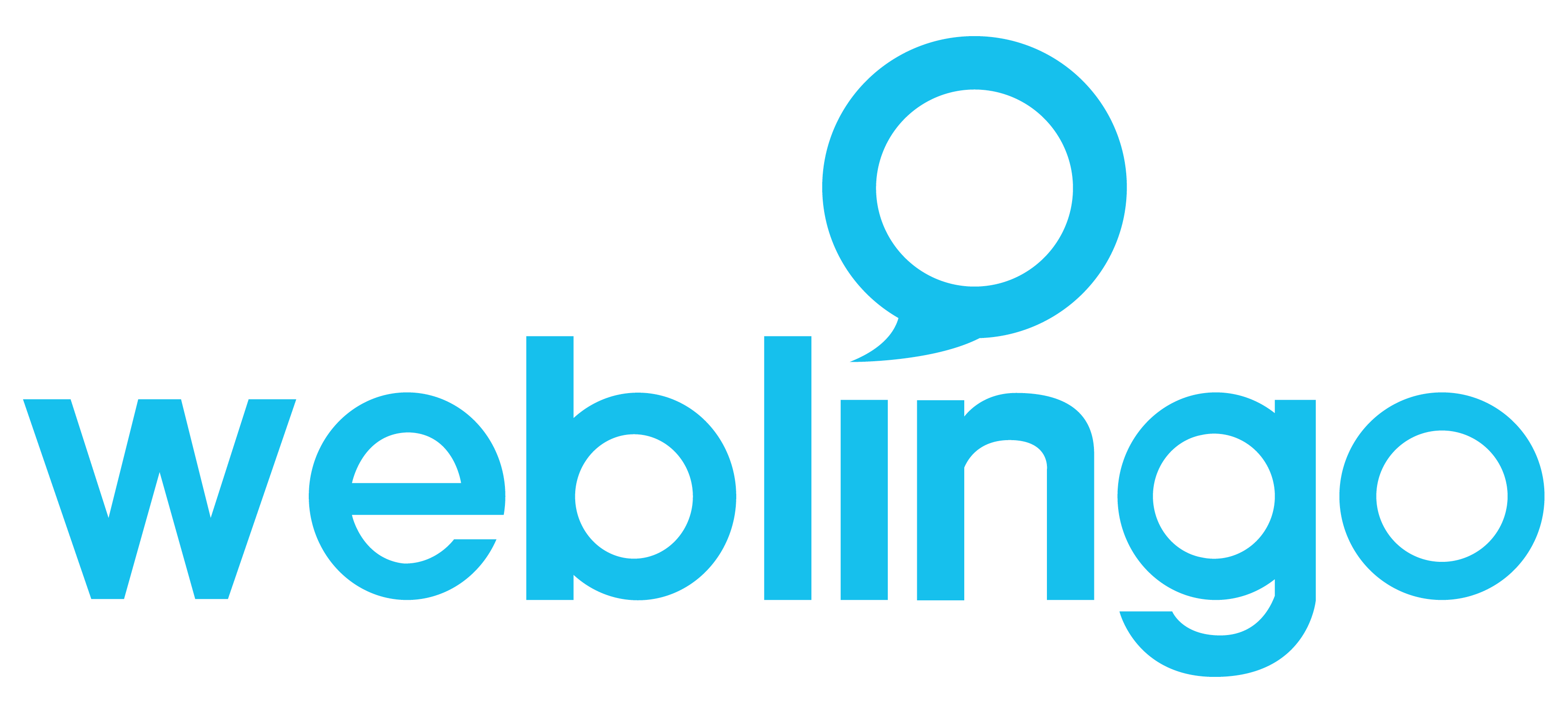1. Content plan
A content plan allows for the necessary research to be completed when dealing with complicated, industry-specific terminology. It also allows for any queries to be cleared up before translation commences and for adequate feedback before the deadline creeps up. Clear and concise planning and delivery of source content to translators means calm, collected and consistent translations that are true to the original. If you fail to prepare, then prepare to fail. Translations are the same in this regard.
2. Translation memory (TM)
Keep your previous translations and use them for faster turnaround times and terminology consistency. Linguists come and go (preferably not, but worst-case scenario) but your translations will stay true provided your TM is updated along with your glossary.
3. Glossary
A well-maintained glossary ensures terminology consistency and helps ensure no holds ups due to terminology translation queries.
4. Mother-tongue linguistic team
Having more than one linguist working on your multilingual campaign heightens translation quality, eases pressure when it comes to tight turnaround times, and removes egos when dealing with issues or queries between independent translators and proofreaders. Translators work together to ensure the best possible translation whilst seamlessly proofreading each other’s work to ensure glossaries are maintained, TMs are updated, and the updates are carried through to the final translations.
